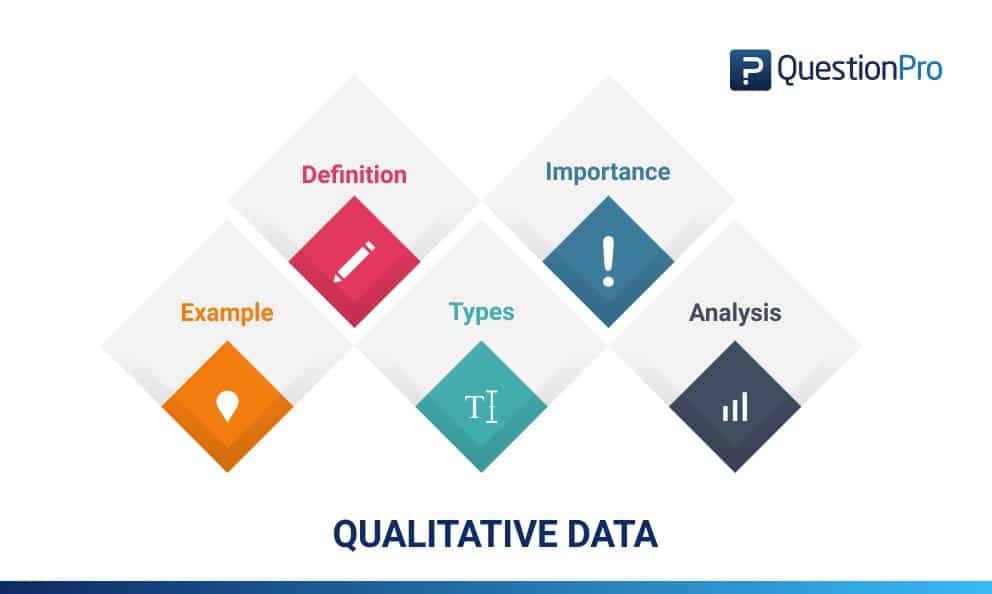
Understanding Qualitative Research Challenges
Qualitative research is a powerful tool for understanding complex social phenomena, but it comes with its own set of challenges. These challenges can lead to analysis paralysis, where researchers struggle to move forward with their study due to the overwhelming amount of data they need to process and make sense of.
Common obstacles in qualitative studies include:
Time-consuming data collection and analysis
Overwhelming volume of information
Difficulty in identifying key themes and patterns
Subjective nature of data interpretation
Risk of personal biases affecting analysis
As the demand for qualitative insights grows across various fields, there's an increasing need for more efficient research techniques. Streamlining the qualitative research process doesn't mean cutting corners or sacrificing depth. Instead, it's about finding innovative ways to manage, analyze, and synthesize information more effectively.
By adopting more efficient methods, researchers can reduce time spent on manual tasks, focus more on interpretation and theory development, take on more projects, explore a wider range of topics, and provide more timely insights for fast-paced industries. Ultimately, streamlining qualitative research methods can democratize access to in-depth insights, making this valuable form of inquiry more accessible and actionable for a broader range of stakeholders.
Leveraging AI for Qualitative Data Analysis
AI-Powered Tools for Coding and Categorization
Artificial Intelligence has revolutionized qualitative data analysis, particularly in coding and categorization. AI-assisted coding techniques have dramatically accelerated this process while maintaining high levels of accuracy. These tools use natural language processing and machine learning algorithms to identify recurring themes, concepts, and patterns within qualitative data sets.

Enhancing Pattern Recognition with Machine Learning
Machine learning algorithms have significantly enhanced our ability to recognize complex patterns in qualitative data. ResearchFlow's pattern recognition capabilities go beyond simple word frequency analysis, understanding context, identifying subtle relationships between concepts, and recognizing emerging trends that might not be immediately apparent to human researchers.
Optimizing Literature Review Process
Efficient Paper Discovery and Organization
ResearchFlow's one-click PDF upload feature revolutionizes the literature review process, allowing researchers to quickly build a comprehensive digital library of relevant papers. The AI analyzes content, extracting key information and transforming papers into interactive knowledge maps, making it easier for researchers to grasp main ideas at a glance.
Streamlining Multi-Document Comparison
ResearchFlow's multi-document comparison tool offers a powerful solution for comprehensive literature reviews. It allows researchers to select multiple papers and instantly generate a comparative analysis, identifying common themes, highlighting differences in methodologies or findings, and suggesting potential areas of synthesis between different studies.
Implementing Visual Data Organization Techniques
Creating Dynamic Mind Maps for Qualitative Data
Visual representation of qualitative data through dynamic mind maps offers a powerful way to organize and understand complex information. ResearchFlow's flexible knowledge organization features enable researchers to create interactive, multi-dimensional mind maps that evolve as their understanding of the data deepens.
Spatial Thinking in Qualitative Analysis
ResearchFlow's digital canvas for spatial qualitative analysis provides a virtually unlimited space for researchers to arrange and interact with their data. This spatial approach to qualitative analysis not only enhances understanding but also stimulates creative thinking, as researchers can experiment with different arrangements and visualizations of their data to uncover new insights and perspectives.

Integrating Collaborative Research Workflows
Streamlining Team Communication in Qualitative Projects
ResearchFlow's features for shared workspaces and real-time collaboration create a centralized platform for team communication and data sharing. These tools allow multiple researchers to work on the same project simultaneously, viewing and editing shared documents, mind maps, and analysis in real-time.
Enhancing Peer Review and Feedback Processes
ResearchFlow's platform offers a streamlined approach to peer review and feedback that integrates seamlessly with the research workflow. Researchers can easily share specific sections of their analysis, entire documents, or visual representations of their data with colleagues or external reviewers, who can provide feedback directly within the platform.
Feature | Description | Benefit |
|---|---|---|
AI-Powered Coding | Automated theme identification and categorization | Speeds up analysis process and uncovers hidden patterns |
Interactive Knowledge Maps | Visual representation of paper content | Enhances understanding and facilitates quick information retrieval |
Multi-Document Comparison | Automated analysis of similarities and differences across sources | Streamlines literature review and identifies research gaps |
Dynamic Mind Mapping | Flexible, visual organization of qualitative data | Improves data organization and reveals complex relationships |
Spatial Analysis Canvas | Digital space for arranging data elements | Enhances pattern recognition and stimulates creative thinking |
Real-Time Collaboration | Shared workspaces with simultaneous editing | Improves team communication and accelerates research progress |
The benefits of streamlining qualitative research methods include faster data processing and analysis, more efficient use of time and resources, and improved collaboration among team members. It also enhances the ability to manage large volumes of data, ensures greater consistency in coding, makes it easier to identify patterns and trends across sources, and ultimately increases the accessibility of insights for stakeholders.
As the field of qualitative research continues to evolve, embracing these innovative approaches and tools will become increasingly important for researchers looking to stay at the forefront of their disciplines. By adopting these streamlined methods, researchers can not only improve the efficiency of their work but also potentially uncover deeper insights and more nuanced understandings of complex social phenomena.
